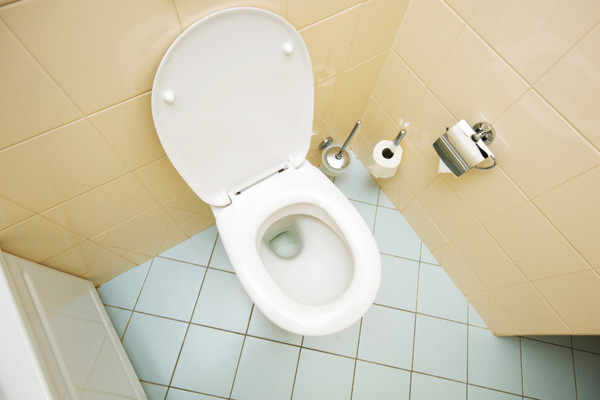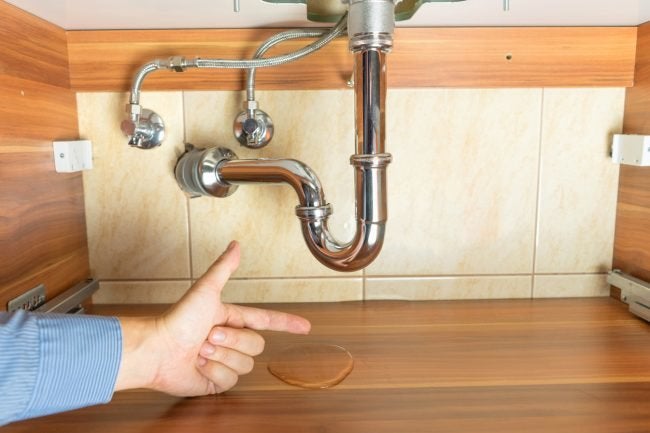Detecting and Managing Bath Water Leaks: What Every Homeowner Should Know
Detecting and Managing Bath Water Leaks: What Every Homeowner Should Know
Blog Article
What are your opinions on Leaking Bathroom Repair Expert?

Washroom leaks are annoying as they disrupt your day's plan. It is a relief that a lot of restroom leakages are easy to repair and discover, with very little expense ramifications.
Having a water leakage in washroom can be demanding to the homeowner. Fixing the leakage comes to be an easy problem if you know what to do. So, this article is essential as a residence guide to identifying and taking care of a water leakage in restroom. It does not replace the demand for professional expertise. The post serves as a "emergency treatment" when you need an emergency situation reaction to a water leak in bathroom.
Discovery and Repair Work of Water Leakage in Shower Room
Water leak in washroom frequently results from pipes and pipe faults. There are numerous kinds of washroom leaks. You may require a standard understanding of these leak kinds to find the water leakage in restroom. Below are the usual washroom leakages as well as take care of pointers:
Dash Leaks
These often result from water splashing on the shower room floor from the bath tub. It is a consequence of using a poor shower drape or worn bathtub cellular lining. It damages the washroom floor as well as may create rot to wood floors as well as restroom doors. The water normally swimming pools around the tub or shower. This might cause worse shower room damage without punctual handling.
What to Do
This washroom leakage is the simplest to fix. You only need to replace the drapes or recaulk the tub or shower. If the leak has damaged the bathroom floor or door, you may need to transform these to prevent more damage. The bright side is that you can entail a plumbing specialist to help with the washroom repair work.
Toilet Leaks
Often, water leakages from the bathroom and also pools around the toilet base. It is an eyesore in the shower room and requires punctual interest. Occasionally, it results from a loose connection in between the tank and also the toilet. This creates water to trickle from the cistern to the flooring. It might also arise from cracks in the toilet dish or a defective shut-off shutoff.
What to Do
If there are loose bolts in between the tank as well as bathroom, you only need to tighten them. Occasionally you may require to reapply wax on the gasket or contact a washroom leak professional to replace used or broken parts.
Clogged Washroom Sinks
Occasionally, the water leak in restroom results from sink blockages. It is easy to deal with obstructions, and also you might not need professional abilities.
What to Do
You can make use of a drainpipe snake to get rid of the particles in the drainpipe and let the stationary water circulation. Drain cleansers are also available in shops and also are easy to utilize.
Conclusion
Water leaks in the restroom are preventable events in the home. When they do, repair them promptly, or involve the solutions of an expert.
The short article offers as a "very first help" when you require an emergency situation action to a water leakage in restroom.
Water leakage in washroom commonly results from plumbing and also pipeline mistakes. You may require a standard understanding of these leakage types to detect the water leakage in shower room. It damages the washroom flooring and may trigger rot to wooden floorings as well as bathroom doors. Sometimes, the water leak in bathroom results from sink blockages.
5 Ways You Can Tell There's Water Leaking In The Bathroom
Mold and mildew
The presence of mold or mildew is a big indicator of a water leak. It's not unordinary to see mold or mildew in parts of your bathroom where water accumulates, like showers and sinks, but it's a problem if you notice it growing in other places. Mold grows in places that are moist and dark so it can point you to hidden water leaks.
Read More: https://www.housedigest.com/927314/ways-you-can-tell-theres-water-leaking-in-the-bathroom/If you notice mold or mildew growing on bathroom walls, floors, or ceilings you should be concerned. Other than pointing you in the direction of a potential leaky pipe behind your walls or under your floors, mold is dangerous to your health, according to The Waterworks. Mold can cause an allergic reaction with symptoms like watery eyes, runny noses, sneezing, headaches, and difficulty breathing. Since mold is not only unsightly to look at, but a health hazard it's important to take care of the leak as soon as possible so the mold can be cleaned before it spreads.
Read More: https://www.housedigest.com/927314/ways-you-can-tell-theres-water-leaking-in-the-bathroom/Damaged walls or floors
Unexplainable damage to your bathroom walls and floors is another sign of water leaking. If drywall gets wet it will crumble, bubble, and even warp or break apart. Before you notice your drywall deteriorating you may see the paint blistering or chipping off the wall. Or if you have wallpaper, it will begin to peel off when wet and show water stains.
Read More: https://www.housedigest.com/927314/ways-you-can-tell-theres-water-leaking-in-the-bathroom/Unstable toilet
When you sit on your toilet does it wobble? If it is unstable your toilet potentially has a flange leak, according to The Pink Plumber. Toilets are supposed to sit stable on the bathroom floor and should never be able to be moved around. There are screws that keep the toilet secured down to the floor and a wax ring that connects the toilet to the waste pipe. The wax ring creates a water-tight seal so nothing leaks when water and waste are moving through the toilet. If the wax seal is damaged or worn down it will no longer provide the proper seal, causing a flange leak and allowing wastewater to seep out.
Read More: https://www.housedigest.com/927314/ways-you-can-tell-theres-water-leaking-in-the-bathroom/Wet bathroom cabinets
Wet bathroom cabinets are a sure-fire way to tell if you have a water leak in your bathroom. When your cabinets are wet it is likely because of leaks from sink faucet or water supply lines. You will know that your cabinets are damp if you see any water stains inside the cabinets. If it is a leak from a water supply line The Pink Plumber explains that you will see water dripping out from the connectors or even puddles in the cabinets.
Read More: https://www.housedigest.com/927314/ways-you-can-tell-theres-water-leaking-in-the-bathroom/https://www.housedigest.com/927314/ways-you-can-tell-theres-water-leaking-in-the-bathroom/

I have been very serious about Leaking Bathroom Repair Expert and I really hope you appreciated the entire post. Those who appreciated our post if you please do not forget to pass it around. We thank you for reading our article about How to Check for Bathroom Leaks.
Book Now! Report this page